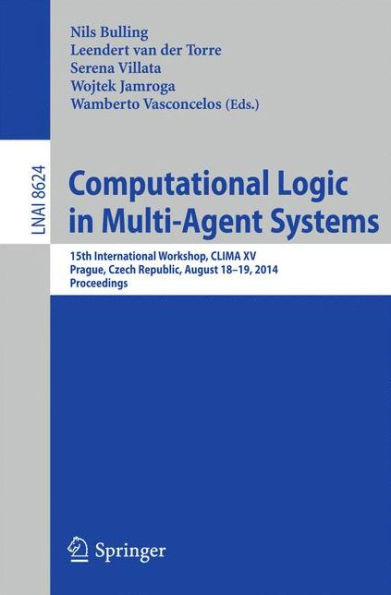Home
Biometric Authentication: ECCV 2004 International Workshop, BioAW 2004, Prague, Czech Republic, May 15, 2004, Proceedings / Edition 1
Loading Inventory...
Barnes and Noble
Biometric Authentication: ECCV 2004 International Workshop, BioAW 2004, Prague, Czech Republic, May 15, 2004, Proceedings / Edition 1
Current price: $54.99


Barnes and Noble
Biometric Authentication: ECCV 2004 International Workshop, BioAW 2004, Prague, Czech Republic, May 15, 2004, Proceedings / Edition 1
Current price: $54.99
Loading Inventory...
Size: OS
*Product Information may vary - to confirm product availability, pricing, and additional information please contact Barnes and Noble
Biometric authentication is increasingly gaining popularity in a large spectrum ofapplications, rangingfromgovernmentprograms(e. g., nationalIDcards, visas for international travel, and the ?ght against terrorism) to personal applications such as logical and physical access control. Although a number of e?ective - lutions are currently available, new approaches and techniques are necessary to overcomesomeofthelimitationsofcurrentsystemsandtoopenupnewfrontiers in biometric research and development. The 30 papers presented at Biometric Authentication Workshop 2004 (BioAW 2004) provided a snapshot of current research in biometrics, and identify some new trends. This volume is composed of?vesections: facerecognition, ?ngerprintrecognition, templateprotectionand security, other biometrics, and fusion and multimodal biometrics. For classical biometrics like ?ngerprint and face recognition, most of the papers in Sect. 1 and 2 address robustness issues in order to make the biometric systems work in suboptimal conditions: examples include face detection and recognition - der uncontrolled lighting and pose variations, and ?ngerprint matching in the case of severe skin distortion. Benchmarking and interoperability of sensors and liveness detection are also topics of primary interest for ?ngerprint-based s- tems. Biometrics alone is not the solution for complex security problems. Some of the papers in Sect. 3 focus on designing secure systems; this requires dealing with safe template storage, checking data integrity, and implementing solutions in a privacy-preserving fashion. The match-on-tokens approach, provided that current accuracy and cost limitations can be satisfactorily solved by using new algorithms and hardware, is certainly a promising alternative. The use of new biometric indicators like eye movement, 3D ?nger shape, and soft traits (e. g.


















